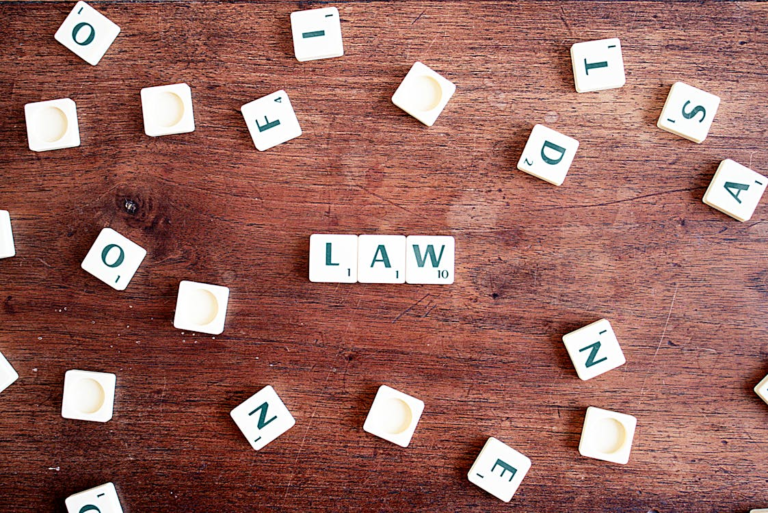Look up any episode of Law and Order, and you’ll soon learn that your personal opinion takes a back seat whenever you’re dealing with the law. You can’t win arguments by highlighting your personal opinions—you win by citing other cases and finding loopholes that others have missed. For that, you have to draw references to other cases.
Now, every time you refer to another case or statute, you have to prove that you’re not making things up. That’s why experts offering law assignment help keep on focusing on the importance of legal citations and references. When you’re a law student, forget all about the APA or the MLA style. The OSCOLA referencing system is your default option.
The OSCOLA can be dicey for beginners. That’s why so many students buy assignment online from MyAssignmentHelp.com so that they don’t have to deal with incorrect citations. However, the longer you stress about this referencing style, the more challenging it will be to master it. So, let’s see if this blog can simplify things for you.
An Introduction to OSCOLA
OSCOLA is the standard citation style that several law schools in the UK follow. If I have to describe it in the simplest of terms, then it is the footnote style of citation. The Chicago style follows a similar system, so if you’re already familiar with that, then mastering the OSCOLA will be a piece of cake.
Let’s assume you’re unfamiliar with the Chicago-style rules. So, when it comes to the footnote referencing format, there are three major sections:
| Section | Details |
| Citation | Add a footnote marker (superscript number) when referring to a source. |
| Footnote | Identify the source at the bottom of the page. |
| Bibliography | Provide a list of all the sources you’ve cited. |
Now, when should you be using citations? Let’s check out the situations –
- When you paraphrase content from a source
- When you quote something directly from another source
- When you use someone else’s ideas in your work
When you use proper referencing, you eliminate the chances of being accused of stealing someone else’s work. Additionally, it allows you to –
- Support your legal analysis of various concepts and interpretations
- Pinpoint particular cases without reviewing hundreds of legal documents
- Gain the skills required to thrive in legal practice by conducting proper research
Now, how do you cite a case? What should you include in your citations?
Let’s get the answers to these questions below.
I. Primary Source – Citing Cases
Important pointers to note –
- Your citations should include the case name, a neutral citation (if applicable), the volume of the report, the first page of the report, and the court (if necessary).
- If the case name is already mentioned in the text, there is no need to repeat it in the citation.
- If you’re pinpointing a particular section, add the paragraph number within the third bracket at the end of the citation.
- In the absence of a paragraph number, you can add the page number.
Examples of case citations:
Johnson v Smith [2009] UKHL 13, [2009] 1 AC 824
Anderson v Crowley [2003] EWHC 406 (QB), [2003] 3 All ER 316 [1]–[3]
II. Secondary Source – Citing Books
Important pointers to note –
- Include the name in the same format as that mentioned in the publication.
- Use the surname followed by the author’s initials only in the bibliography.
- In the first brackets after the book’s name, add the edition number, translator, and other details.
- Include the page number after the bracket ends.
Examples of book citations:
Toby Jones, Anderson and Jones: The Law of Restitution (1st supp, 8th edn, Samuel & Maxwell 2010)
Thomas Hobbes, Leviathan (first published 1651, Penguin 1985) 200
Here are some other examples of citing valuable resources in your law paper –
- Statutes and statutory instruments (Primary) – Human Rights Act 1998, s 15(1)(b)
- European Court of Human Rights (Primary) – Clarence v UK (1990) 84 DR 128
- Newspaper articles (Secondary) – Alison Cruz, ‘Supreme Court Bans Gender Pay’ Financial Times (London, 12 June 2012)
- Journal articles (Secondary) – Henry Jones, ‘The Values in Corporate Law’ [2020] PL 487
When you’re new to OSCOLA, everything seems Greek. However, the more you go through the rules, the easier things become. This referencing style uses minimum punctuation, so at least that will give you a breather. Keep in mind that confidence is the key. As long as you assess the rules properly and review multiple law citation examples, you’ll get the hang of this in no time!

